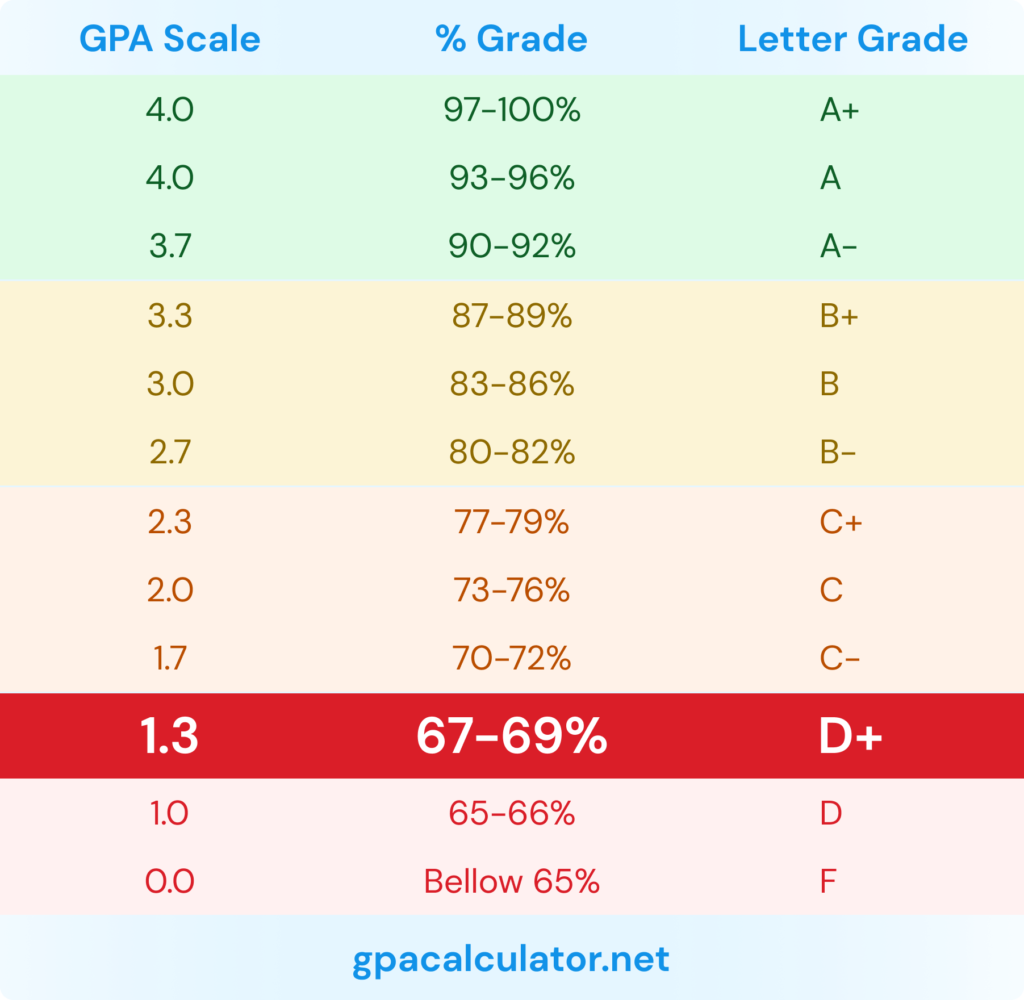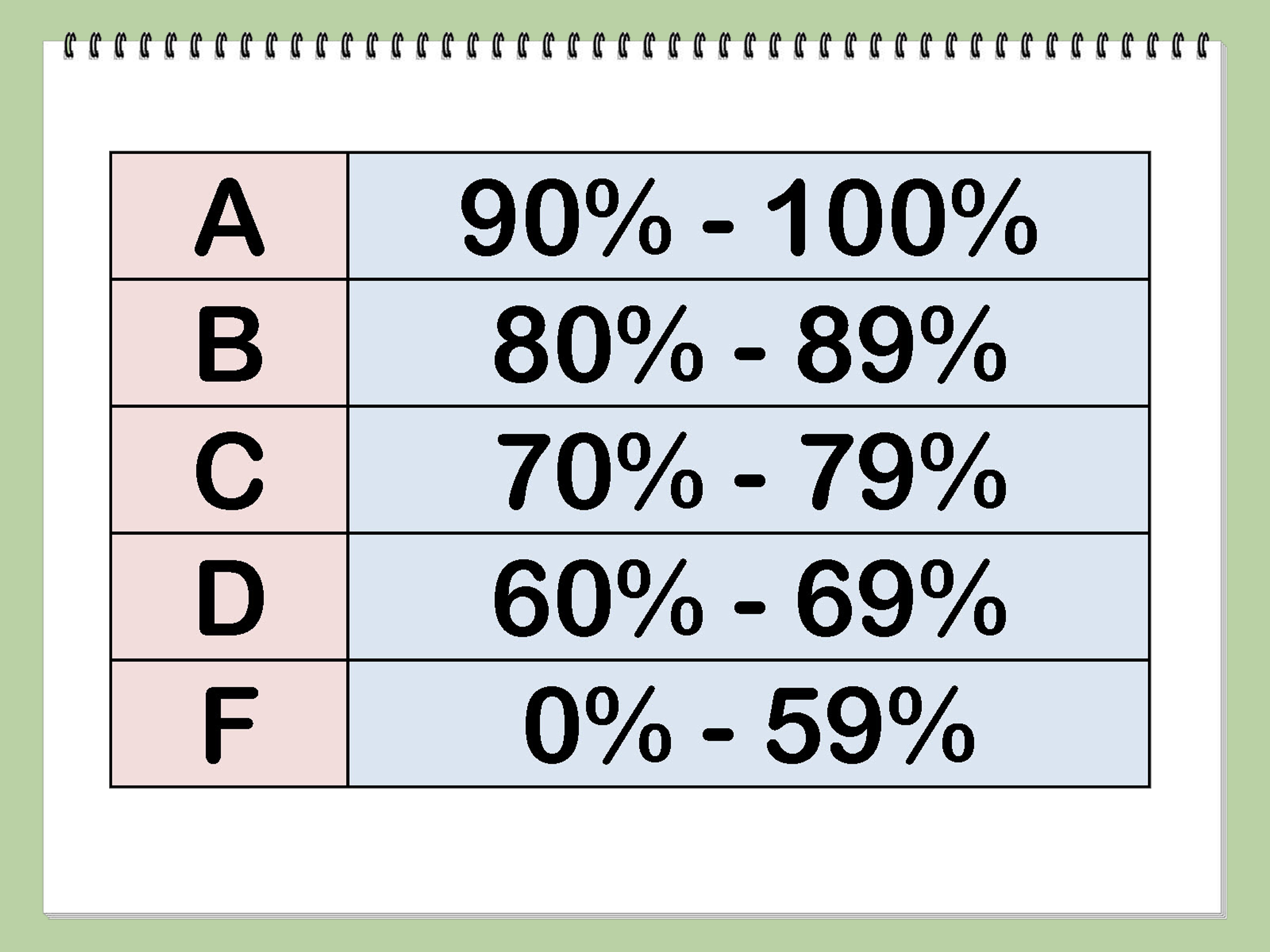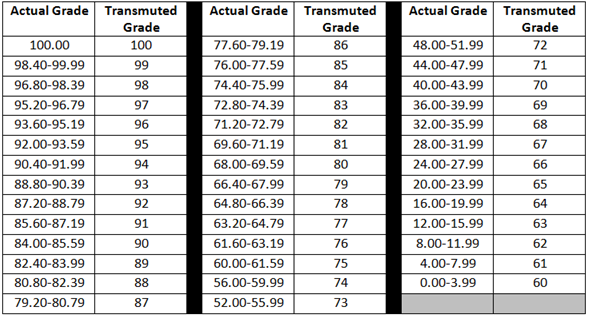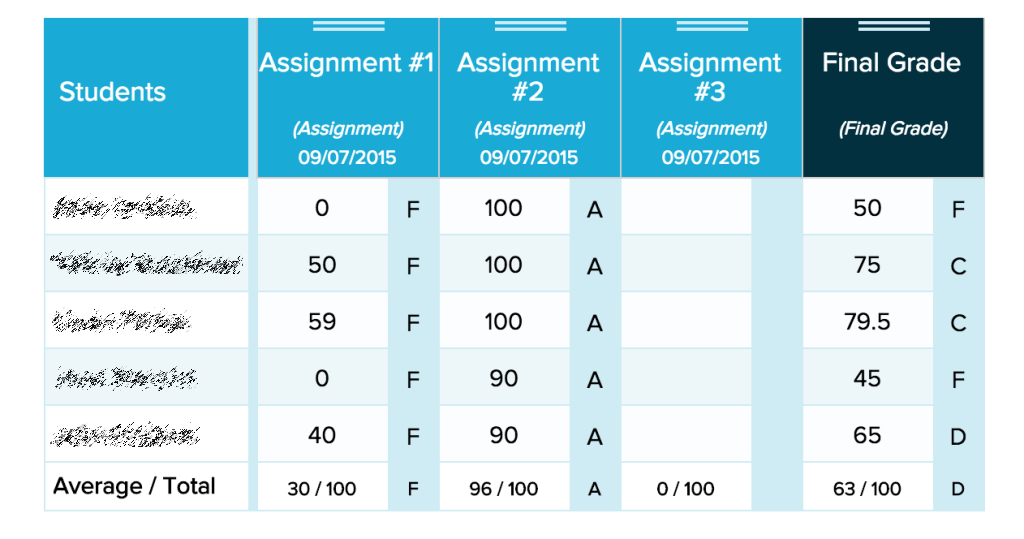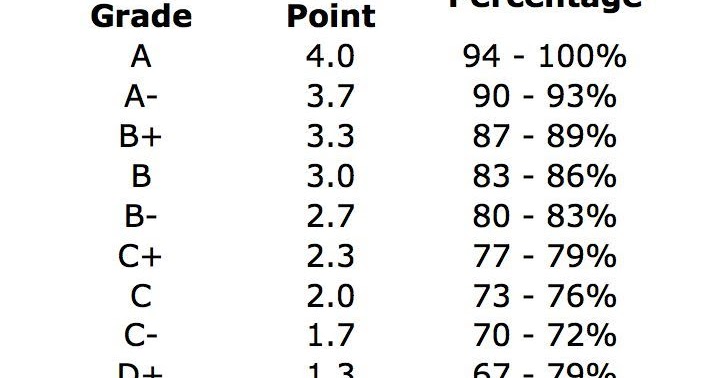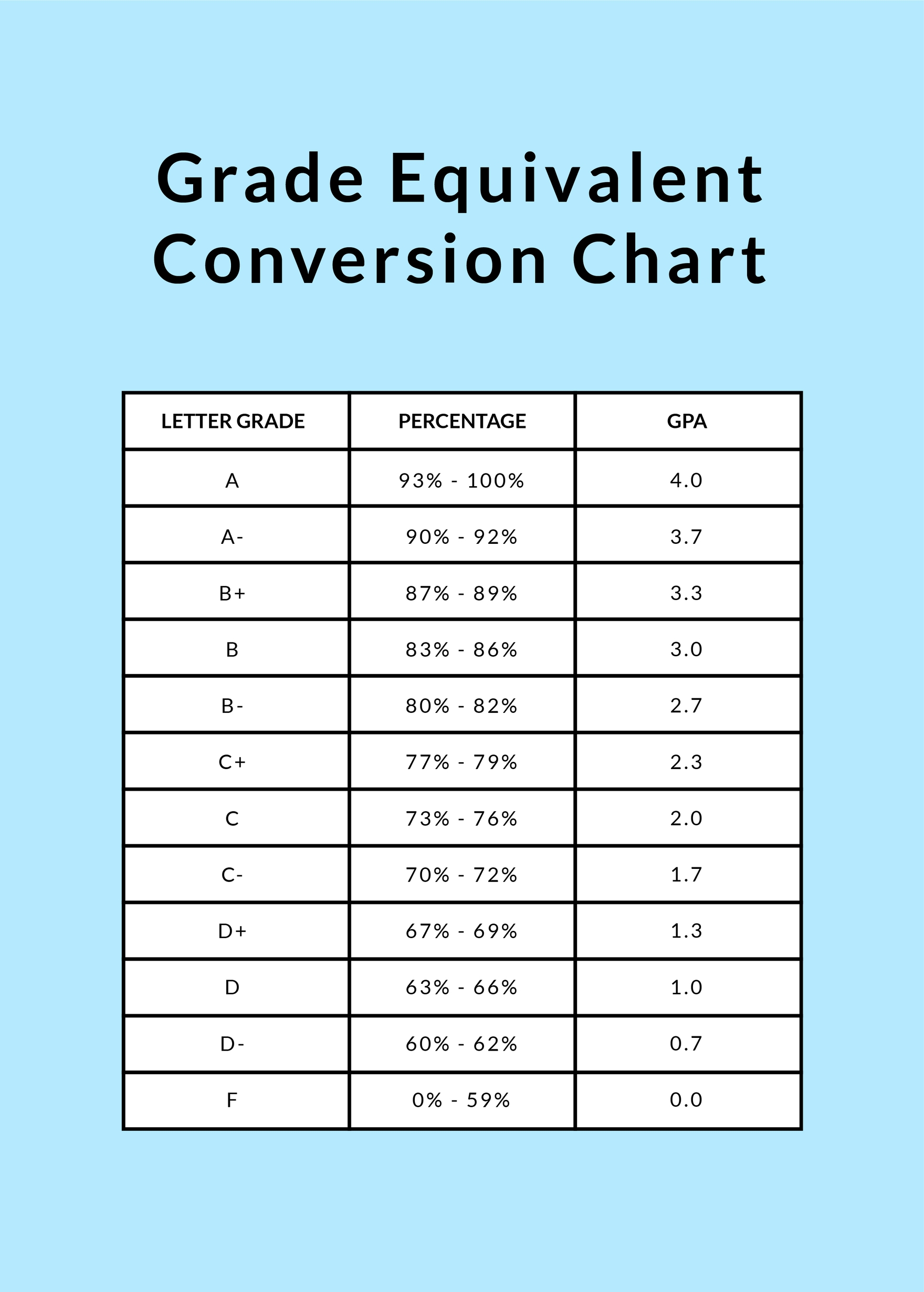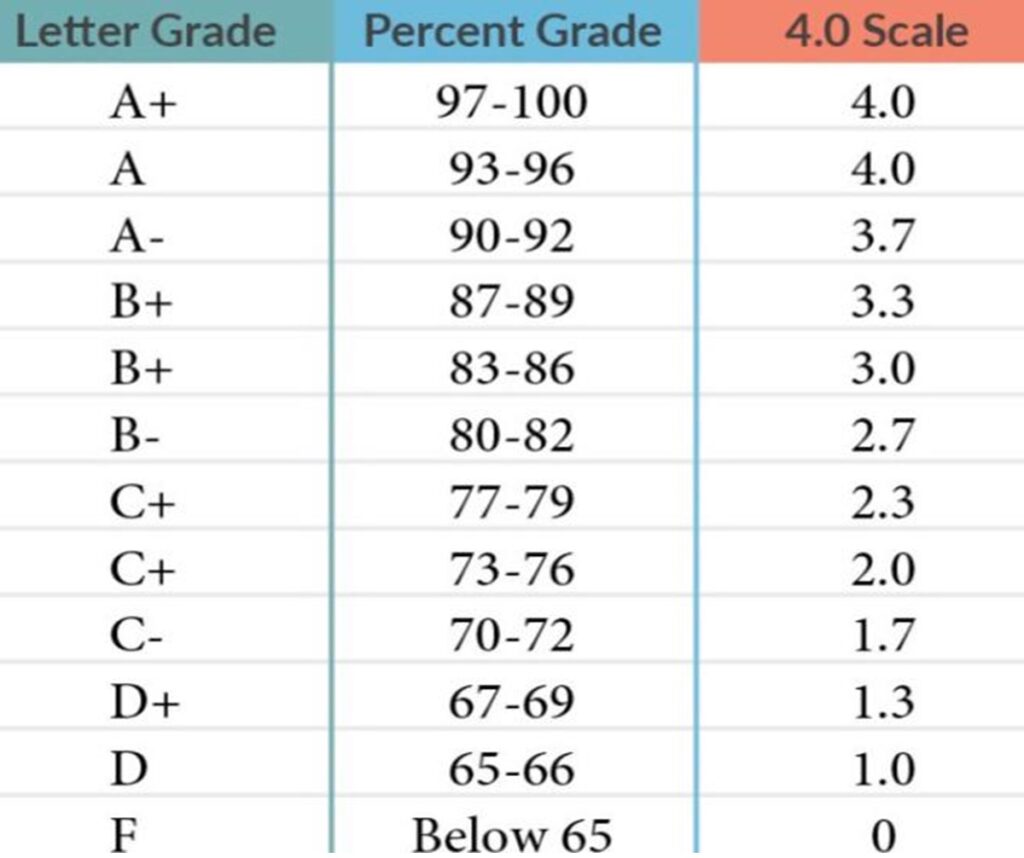What Grade Is 46 Out Of 50
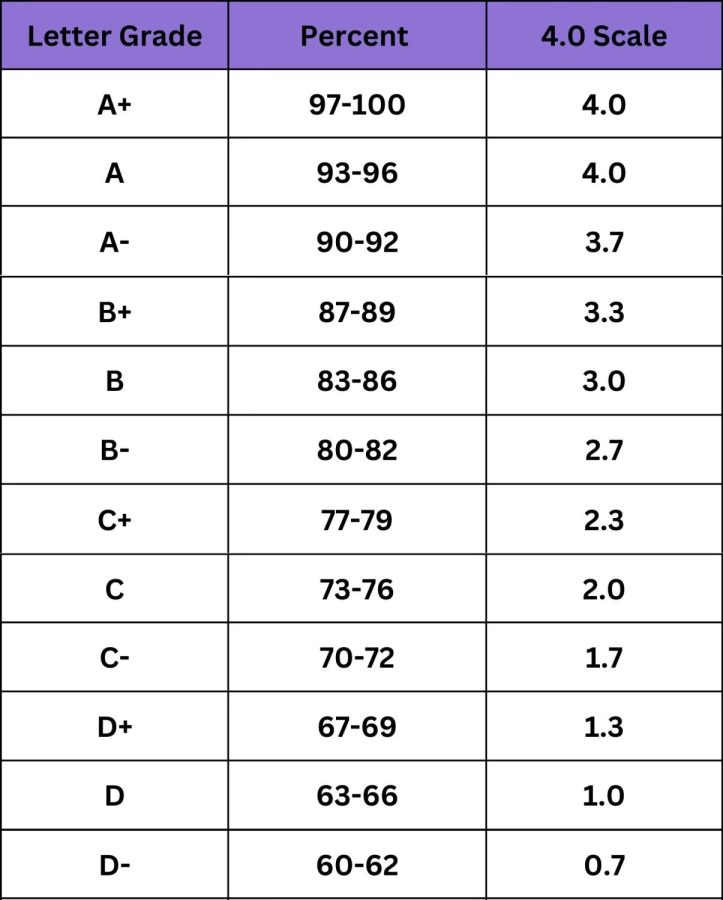
Imagine the crisp scent of newly printed exams filling the air, the nervous shuffle of students eager to see their fate revealed. The hushed anticipation breaks as papers rustle, and eyes dart down to the final score. In the realm of grades and percentages, a simple number can unlock doors, define futures, and sometimes, just cause a bit of head-scratching.
This article aims to dissect and demystify a very common question: What letter grade does a score of 46 out of 50 translate to? This isn't just about numbers; it's about understanding the systems that shape academic assessments and how a seemingly straightforward percentage can carry so much weight.
The Straightforward Calculation
Let's begin with the basics. To convert a score of 46 out of 50 into a percentage, the calculation is simple: (46/50) * 100 = 92%. So, a score of 46 out of 50 is equivalent to 92%.
But here's where it gets more interesting. What letter grade does that percentage correspond to? The answer, as many students (and parents) know, is: It depends.
Grading Scales Across Institutions
Grading scales are not uniform. They vary from school to school, district to district, and even from professor to professor within the same university.
A common grading scale, and one frequently used as a baseline, assigns letter grades as follows:
A: 90-100%
B: 80-89%
C: 70-79%
D: 60-69%
F: Below 60%
Using this scale, a 92% would definitively earn an A. However, other variations exist.
Some institutions use a plus/minus system. This adds granularity, potentially resulting in grades like A+, A, A-, B+, B, B-, and so on.
In a plus/minus system, the ranges for each letter grade are subdivided. For instance:
A+: 97-100%
A: 93-96%
A-: 90-92%
With this scale, 46 out of 50 (92%) would land you an A-. Always consult the specific grading rubric provided by the instructor or institution.
The Nuances Beyond Numbers
While the percentage provides a seemingly objective measure of performance, the interpretation of a grade extends beyond mere calculation.
Grading policies sometimes consider factors like class participation, effort demonstrated, and improvement over time. A student who consistently performs at a high level might receive the benefit of the doubt in borderline cases.
Conversely, a student who started strong but experienced a dip in performance may find the grade less forgiving. Policies exist for a reason. However, remember to seek clarity from your instructor about how grades are being determined.
The Importance of Context
The significance of a grade also depends on the context. A 92% in an introductory course might be viewed differently than a 92% in an advanced, upper-level class.
The rigor of the course, the difficulty of the material, and the grading distribution all play a role in interpreting the meaning of a particular grade.
For example, in a highly competitive program where the average grade is lower, a 92% could be considered exceptional. In less rigorous courses, where higher grades are more common, it might be perceived as merely good.
The Broader Implications
Grades play a significant role in a student's academic trajectory. They influence college admissions, scholarship eligibility, and future career opportunities. A good grade can open doors.
High grades can boost confidence and motivation, while lower grades can lead to discouragement and anxiety.
It's important to maintain perspective. While grades are a measure of academic performance, they do not define a person's worth or potential. Effort, perseverance, and a genuine love for learning are qualities that extend far beyond the confines of a classroom.
Beyond the Letter Grade: The Value of Learning
While striving for high grades is admirable, it's essential to remember that the true value of education lies in the acquisition of knowledge, the development of critical thinking skills, and the cultivation of a lifelong love for learning.
Ultimately, the goal is not simply to earn an A but to truly understand and internalize the material. Engage with the subject matter, ask questions, and seek out opportunities to apply your knowledge in real-world contexts.
A 46 out of 50, while typically an A or A-, is far more than just a mark on a paper. It represents the culmination of effort, dedication, and a journey of intellectual exploration.
Conclusion
So, is a 46 out of 50 good? Absolutely. It translates to a 92%, typically an A or A-. But more importantly, it reflects a commitment to learning and a step forward on the path to achieving one's academic and personal goals.
Focus on the learning process, seek understanding, and strive for continuous improvement. The grades will often follow.
And remember, education is a journey, not just a destination.

